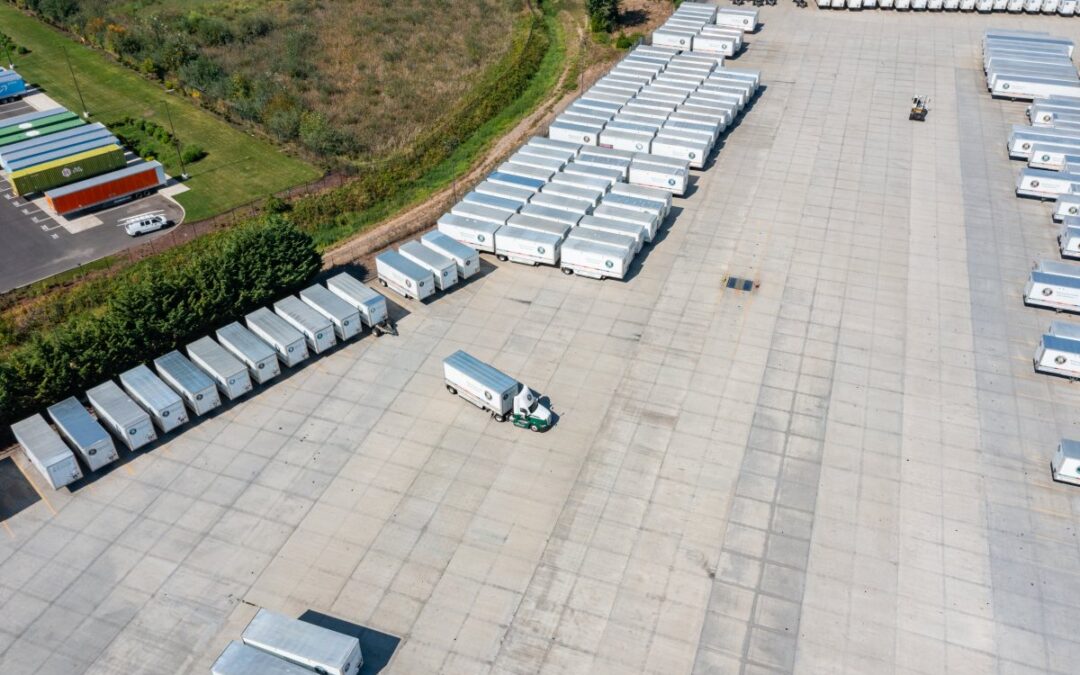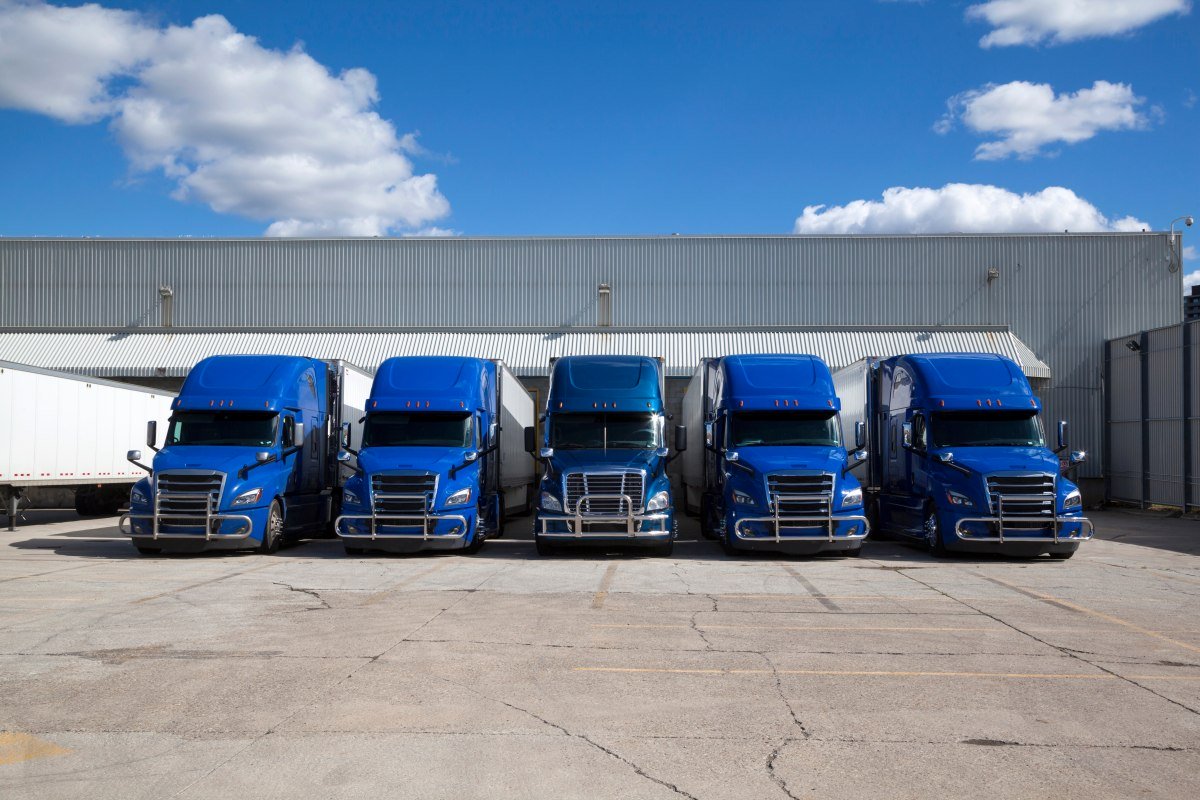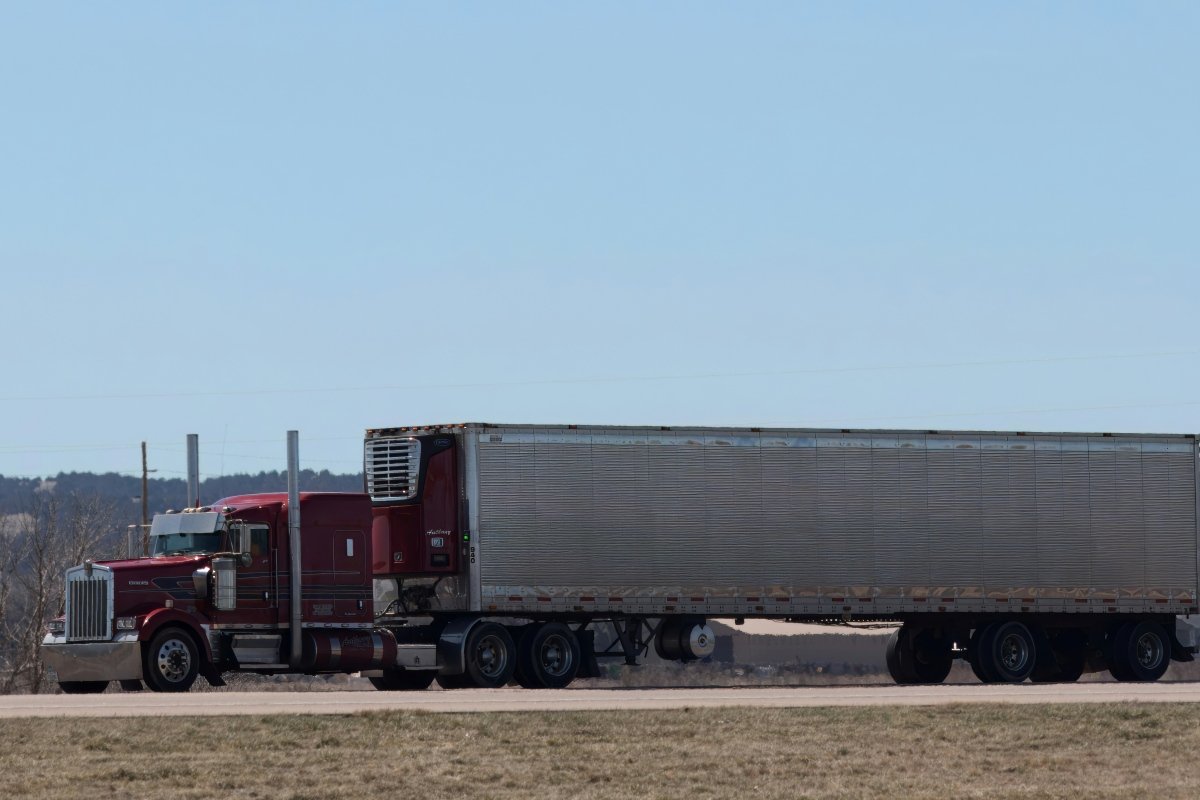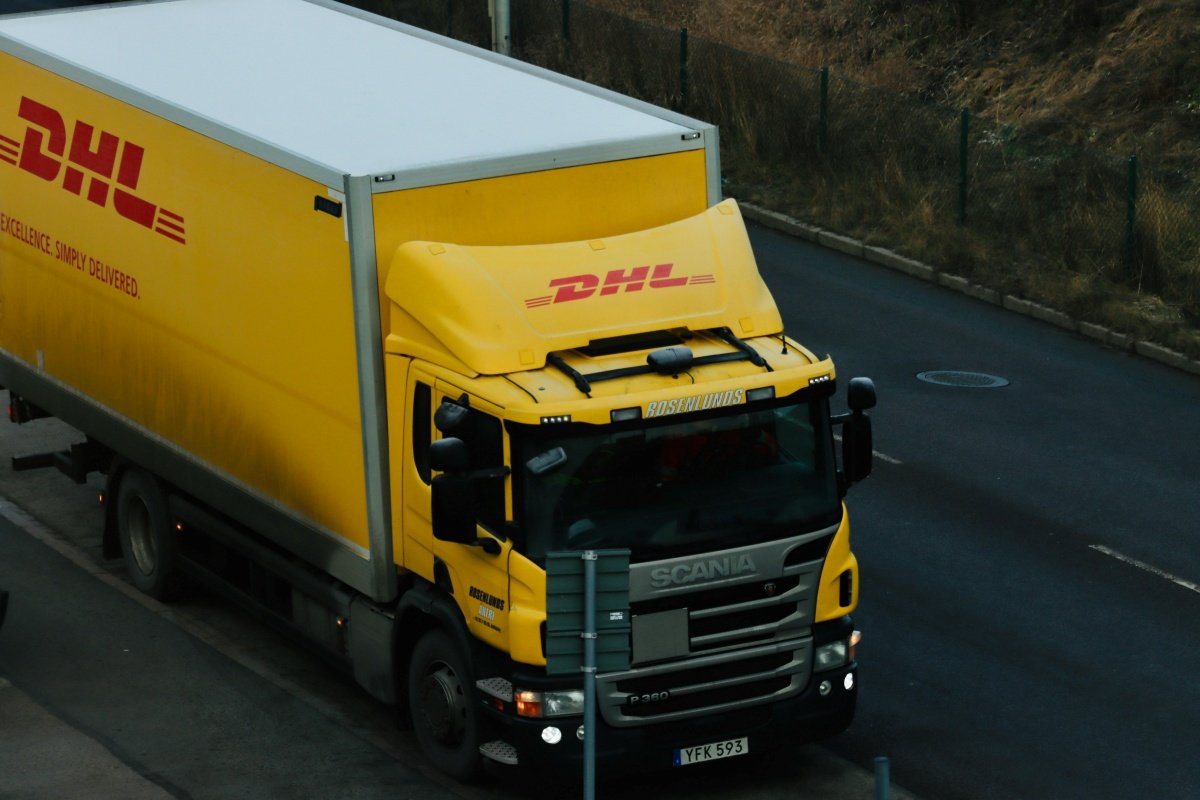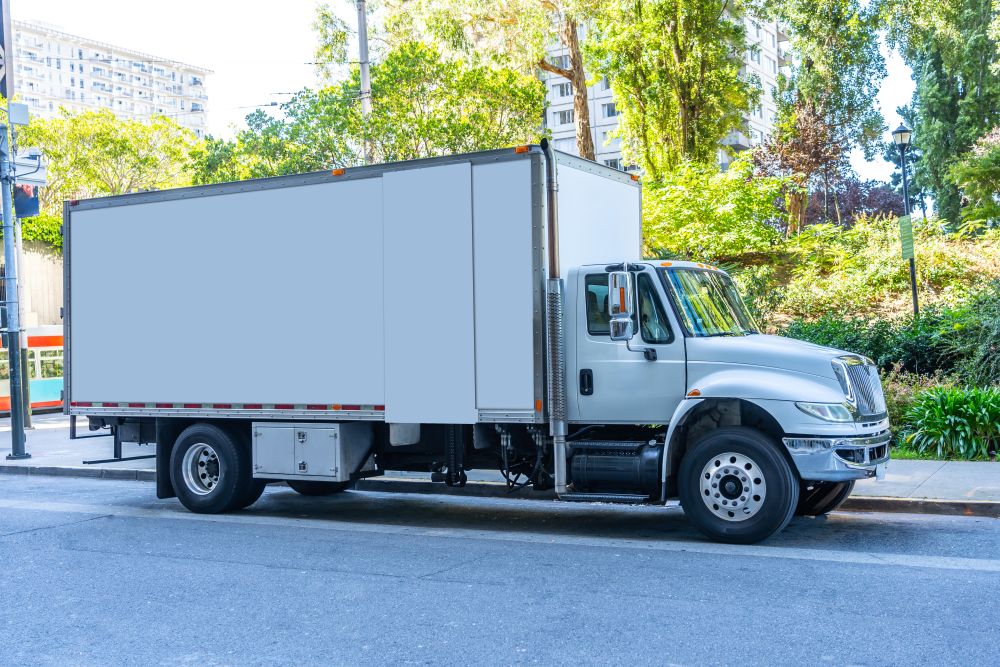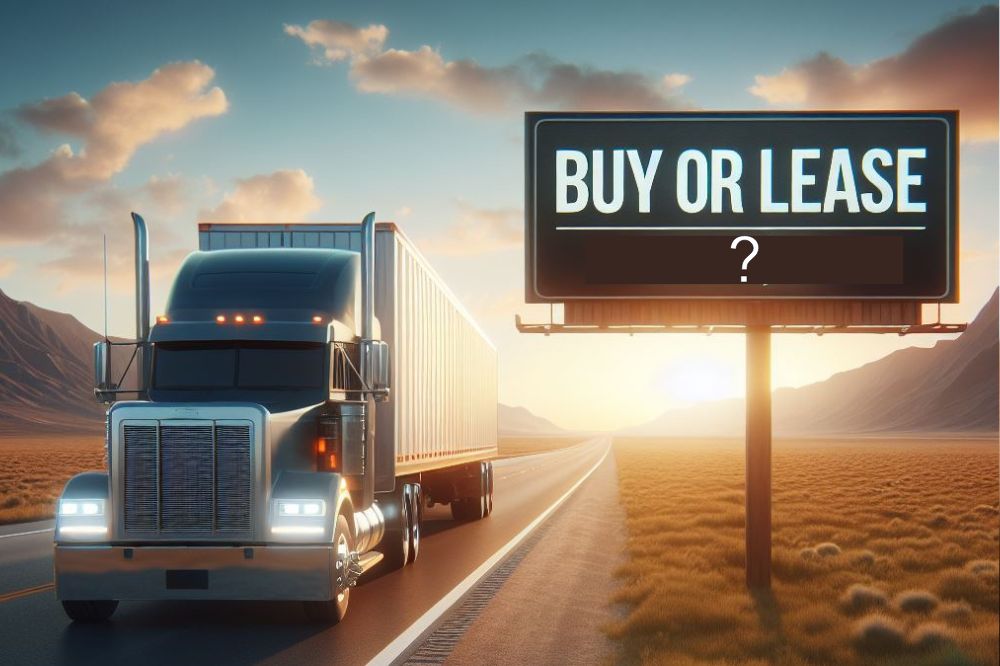
Leasing a semi truck can be an effective way to expand your trucking business, lower upfront costs, or get into newer equipment without taking on full ownership immediately. But just like financing or purchasing, leasing comes with clear qualification standards.
If you understand the requirements ahead of time, you can move through the leasing process with fewer delays, stronger negotiating power, and more informed decisions.
Here are the essential requirements to lease a semi truck and the documentation you’ll need before signing a lease agreement. Whether you’re an owner-operator or a small fleet looking for a new truck, this overview will help you prepare and compare options confidently.
What Does It Mean to Lease a Semi Truck?
Leasing a semi truck allows you to operate the vehicle without buying it outright. Instead of taking on a full loan, you make monthly lease payments for access to the truck.
A truck lease is different from financing or buying. With traditional financing, you take out a loan, pay interest, and work toward full ownership from day one. With a lease, you pay to use the equipment for a set period; some leases allow you to buy the truck later, while others do not.
There are several types of leasing programs in the trucking industry.
Operating Leases
Operating leases function like long-term rentals. You use the vehicle for a set period without taking ownership.
This option provides flexibility, keeps debt off your balance sheet, and often includes access to newer equipment with predictable monthly payments.
Walkaway (Closed-End) Leases
Walkaway leases are standard lease-operator agreements. You make monthly payments for the term of the lease and return the truck at the end with no obligation to buy.
These leases are popular for drivers who want lower commitment and simpler exit terms, especially early in their business.
Lease-to-Own Agreements
Like the name suggests, lease-purchase programs are designed to lead to ownership. You make monthly payments toward eventual ownership, with a contract-defined buyout or residual payment due at the end to acquire the truck.
This path is popular among drivers who want to own their truck but need financial flexibility during the early stages of their business.
Commercial Truck Rentals
Commercial rentals offer short-term access to a truck for specific hauls or temporary fleet needs. Rentals work well for businesses that need additional capacity without long-term commitment. That can include testing new lanes or owner-operators waiting on equipment.
Most leasing companies evaluate your driving record, financial stability, credit, income, and insurance readiness before approving a contract. So, understanding how each leasing option works puts you in a better position during the leasing process.

What Are The Basic Requirements to Lease a Semi Truck?
Although leasing standards vary by program, most leasing companies use similar qualification criteria:
A Valid CDL (Commercial Driver’s License)
A current CDL is the non-negotiable foundation for any semi-truck leasing arrangement.
If you intend to haul specialized freight – hazmat, tankers, doubles/triples, or oversized loads – leasing companies may require proof of the appropriate CDL endorsements. These endorsements matter not only for regulatory compliance, but also because they affect your insurability and, in turn, the leasing company’s acceptance of your application.
A CDL shows that you meet federal training standards under the FMCSA’s Entry-Level Driver Training Rule (ELDT). Without it, no reputable leasing provider or financial institution can legally place you in a commercial truck.
Note: Under federal FMCSA rules, interstate commercial driving requires drivers to be 21 or older. Intrastate age requirements vary by state, and many states allow CDL holders ages 18-20 to operate within state lines. Some carriers or fleet-affiliated leasing programs may also require drivers to be 23 or 25+, depending on insurance carrier restrictions.
A Clean Driving Record
Your Motor Vehicle Record (MVR) is one of the strongest indicators that leasing companies use to measure risk. Insurers set premiums based partly on your driving history, so leasing companies evaluate your record closely before approving a leased vehicle.
Across the industry, most leases require:
- No major moving violations (reckless driving, excessive speeding, hit-and-run) within the last 36 months
- No DUI, DWI, or drug-related convictions in the last 5–7 years
- A limited number of minor violations, typically no more than 2–3 in the past 3 years
- No recent at-fault accidents, especially those involving injury or significant property damage
A clean driving record signals to the leasing provider and their insurance partners that you can safely operate high-value equipment and are less likely to incur costly claims.
Drivers with multiple violations may still qualify, but they will face higher monthly payments, additional insurance requirements, or limited equipment options.
Work History and Industry Experience
Experience is a core requirement because it directly affects safety performance, claim frequency, and your ability to maintain profitability as an owner-operator.
Most leasing companies prefer 12–24 months of verifiable over-the-road (OTR) or regional driving experience.
Experienced drivers typically:
- Maintain trucks more consistently
- Understand compliance and Hours-of-Service rules
- Have higher load acceptance rates
- Are less likely to abandon freight
- Demonstrate stronger long-term earning potential
If you’re a new driver with less than a year on the road, you may still be eligible for a lease, but often under stricter terms. Many leases designed for new drivers are tied to a carrier or come with higher deposits, limited truck selection, or increased payment obligations.

Proof of Income or Revenue
Leasing companies need to know that you can support the total cost of operation, not just the monthly lease payment. They evaluate your revenue history to ensure you can cover:
- Fuel
- Maintenance
- Insurance
- Permits
- Taxes
- Unexpected downtime
To verify stability, most leasing companies request:
- 3–6 months of bank statements
- Recent settlement sheets (for leased-on drivers)
- Broker or carrier payment summaries
- Profit and loss statements
- 1099 forms or pay stubs, depending on your business structure
Small fleets may need to provide additional financials, such as multi-truck revenue summaries or historical tax returns. If your income fluctuates widely, the leasing company may average your monthly revenue to assess whether you meet minimum thresholds.
Business Structure and Registration
Although you can lease a truck under your personal name, most leasing companies prefer or encourage drivers to formalize their business.
A structured business shows reduces liability exposure and provides clearer tax handling for lease payments.
Commonly accepted structures include:
- Sole proprietorship
- Single-member LLC
- Multi-member LLC
- S-Corporation or C-Corporation
You may also need to provide:
- Employer Identification Number (EIN)
- USDOT number
- FMCSA Operating Authority / Docket Number (MC/FF/MX) if running under your own authority
- Unified Carrier Registration (UCR)
- Business license, depending on state requirements
Leasing companies review this information to ensure that your business is active, compliant, and properly registered for hauling freight.
Proof of Insurance or Pre-Approval for Coverage
Commercial truck insurance is a critical requirement because leasing companies must protect the value of a truck that they still legally own.
Before you can pick up the vehicle, you must either carry or pre-qualify for:
- Primary liability insurance (mandatory for all commercial operations)
- Physical damage coverage (protects the truck itself)
- Bobtail or non-trucking liability insurance, if applicable
- Cargo insurance, depending on your lease agreement
Leasing companies often require proof of insurance before releasing the truck. Without adequate coverage, the leasing process cannot move forward.

Credit Requirements to Lease a Semi Truck
Alongside the basic requirements, you’ll also need basic credit requirements to lease a semi truck. While the specifics will differ across lenders, the following requirements are universally applicable:
Personal Credit Scores
Creditworthiness helps leasing providers determine whether you can reliably manage recurring monthly payments. Many leasing companies prefer higher credit scores above 600, though some programs start accepting applicants at 580 or lower if other financial indicators are strong.
Drivers with lower credit scores (sub-600) may experience:
- Increased down payment requirements
- Higher interest rates
- Stricter lease terms
- Limited availability of newer equipment
- Mandatory automatic payment enrollment
Business Credit (If Applicable)
For small fleets or established carriers, a strong business credit profile can open doors to better rates, higher-value equipment, longer lease terms, and lower security deposits.
Leasing providers may check your:
- PAYDEX score
- Experian Business credit rating
- Trade references
New businesses without business credit typically default back to the owner’s personal credit.
Alternative Qualification Paths for Bad Credit
Even if you have poor credit, you still may qualify for a semi truck lease, especially if other financial indicators demonstrate low risk.
Common alternatives include:
- Larger down payments to reduce lender exposure
- A co-signer or personal guarantor
- Programs specifically engineered for new drivers or bad-credit applicants
- Income-based approvals, where revenue stability carries more weight than FICO score
- Leasing through a carrier-affiliated lease purchase program
If you don’t meet the minimum requirements, don’t worry. Truck-specific lenders like Mission Financial Services offer bad-credit loans to help if you have a low credit score.

Financial Requirements: What You Need to Pay Upfront
Next, let’s go over the fees you’ll have to pay during the leasing process. Again, exact amounts differ widely depending on your situation, the truck you’re leasing, and who you’re leasing from.
Down Payment or Security Deposit
Down payments typically start at $1,000–$5,000 for average-credit drivers and may reach $10,000 or more for higher-value equipment or bad-credit applicants.
Leasing providers determine the amount based on:
- The truck’s age and mileage
- Your credit profile
- Expected depreciation
- Risk category
- Lease term
Some leasing structures use a refundable security deposit, while others require a non-refundable down payment tied to asset value. Make sure to read the fine print.
First Month’s Payment
Nearly all leasing companies require the first monthly payment before releasing the truck. This ensures the contract begins in good standing and reduces initial underwriting risk. For premium equipment, you may also pre-pay part of the second month, depending on the leasing provider’s policy.
Additional Fees
You may encounter other upfront costs, including:
- Insurance down payments
- Licensing and registration
- Heavy Vehicle Use Tax (HVUT)
- Carrier setup fees
- ELD activation
- Title and documentation fees
- Any contractual additional charge listed under the lease agreement
These costs vary based on state, carrier requirements, and the specific truck you’re leasing.

Required Documentation to Lease a Semi Truck
Each document serves a compliance or risk-assessment purpose for the leasing provider. Here is what you will typically need:
- CDL and Government ID: Confirms eligibility to operate the vehicle safely and legally.
- SSN or EIN: Used for identity verification, credit checks, and tax reporting.
- Proof of Residence or Business Address: Required for registration, insurance, and underwriting.
- Driving Record (MVR): Assesses liability exposure and insurance risk.
- Proof of Income: Demonstrates ability to manage payment obligations.
- Tax Returns (1–2 years): Validates long-term revenue stability for established businesses.
- Bank Statements (3–6 months): Shows cash flow trends and debt load capacity.
- Insurance Documentation or Pre-Approval Letter: Required before equipment release.
Each document helps the leasing company meet regulatory standards, manage risk, and ensure the lease terms reflect your financial and operational profile.
Conclusion
With the right preparation – your CDL, clean driving record, income stability, business structure, and insurance in place – you’re in a stronger position to negotiate favorable monthly lease payments, lower upfront costs, and better terms.
If you’re ready to move forward but concerned about credit, experience, or complex documentation, Mission Financial Services is structured to support drivers like you.
Whether you’re a first-time buyer, have less-than-perfect credit, need repair financing for your rig, or want to upgrade your equipment, we offer direct lending tailored for owner-operators and small fleets.
Take the next step today: contact Mission Financial Services or start your credit application.


